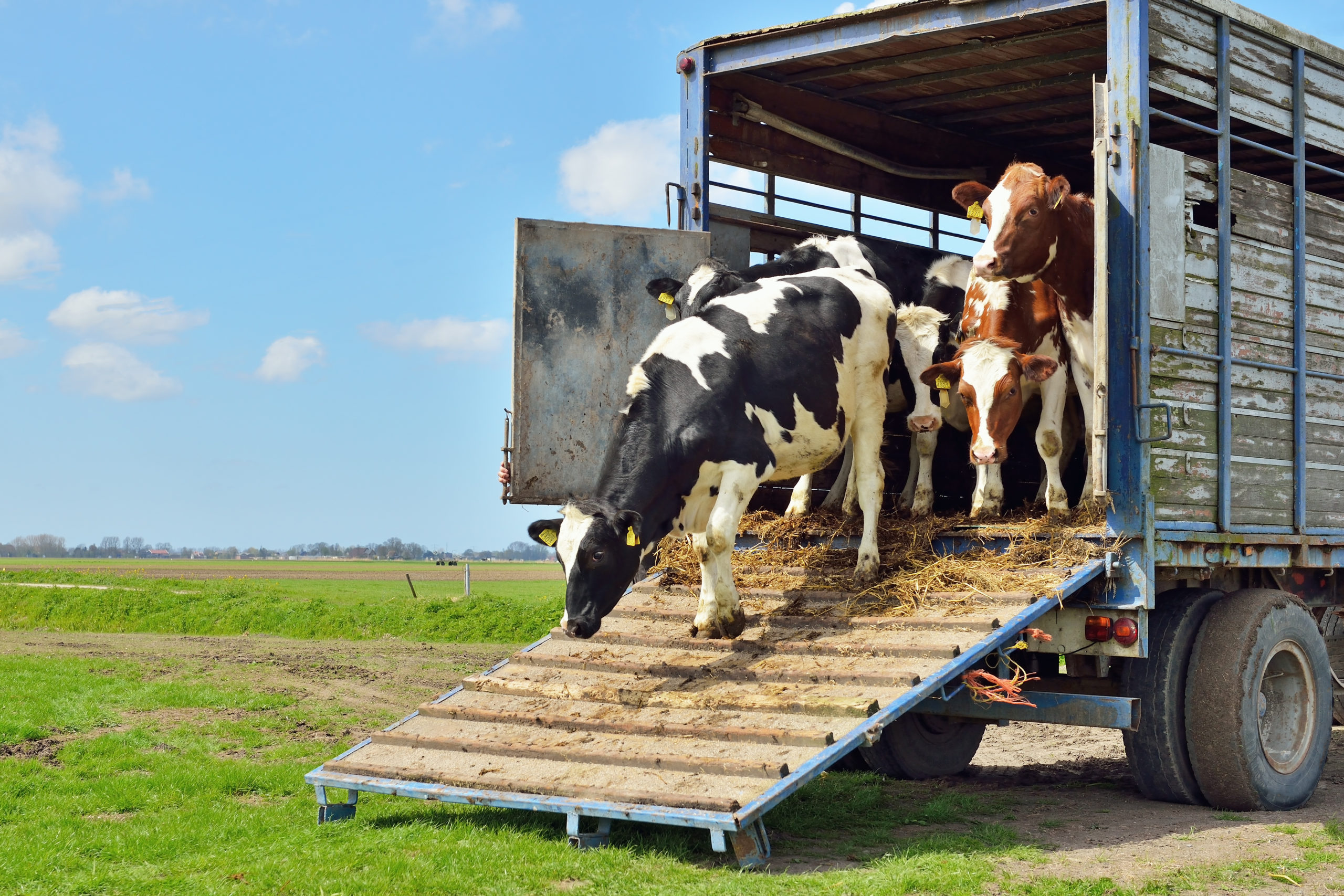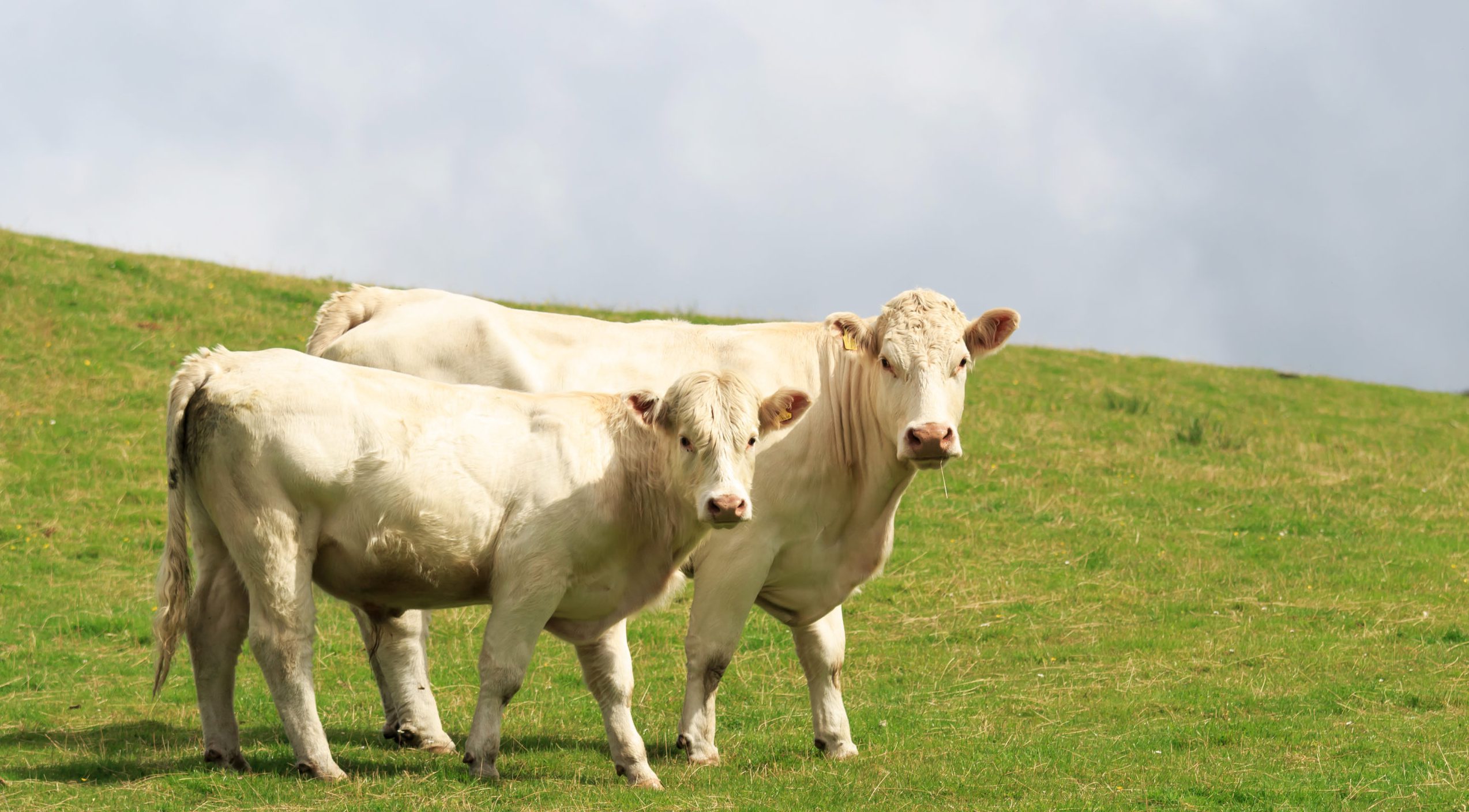This is one of the TB cattle control enhancements introduced by Defra in April 2017 following a public consultation.
To support farm businesses, the Animal & Plant Health Agency (APHA) will consider licensing the movement of cattle between TB breakdown herds. These decisions are subject to a satisfactory veterinary risk assessment (VRA) carried out by an APHA vet. This VRA incorporates information known about the two herds, for example their TB breakdown and testing history at the time of the assessment. However the disease status of either herd may subsequently change and this could potentially undermine the conclusion of the VRA.
To help understand this issue, a simple example is set out below:
- Cattle are moved from farm A, which will be released from TB restrictions if its next scheduled short interval test (SIT) is clear.
- Farm B is in the same situation, i.e. one more clear SIT is needed to allow TB restrictions to be lifted.
- However, the SIT on farm A finds reactors with visible lesions of TB at post mortem inspection and as a result, that herd now needs at least two more clear SITs at severe interpretation before restrictions can be lifted.
- No reactors are found on farm B following the SIT that included the cattle moved on from farm A. The holding reverts to officially TB free (OTF) status and all cattle including those recently sourced from farm A (with an ongoing TB breakdown) can be sold on the open market.
It is not possible to definitively quantify the risk, but the worst case scenario would be TB-infected cattle from farm B being sold on the open market to other OTF herds. To reduce the risk of disease spread tighter controls on cattle movements between TB-restricted holdings were introduced.
The control measure

Movements of cattle between two TB-restricted herds generally are only considered where the destination herd is due to have at least two SITs at severe interpretation. This measure does not apply to cattle moving from TB-restricted holdings to Approved Finishing Units (AFU/AFUE). Cattle keepers applying to APHA for a licence to move animals from a TB-restricted holding to another TB-restricted holding must be able to satisfy the following requirements:
- The destination holding must be due at least two SITs at severe interpretation at the time of the move.
- The date of the next SIT for the animals to be moved at the origin herd must fall within the existing testing window of the destination herd.

- The animals moving on must have a minimum of two clear SITs at severe interpretation before achieving OTF status, unless they are under 42 days of age at the time of the initial SIT, in which case they would only need to be included in a single SIT (i.e. the herd’s second SIT).
- The ‘clearing test’ (last test prior to TB restrictions being lifted) at the destination holding must include all the animals that moved on, and must be a minimum of 120 days from the date of the last movement of TB-restricted animals onto the holding.
APHA normally only approves a licence request if all of the above requirements are met. Remember that APHA assesses each individual case and carries out a VRA. If the conclusion of the VRA is that the risk is acceptable and all conditions are met, a licence is issued. APHA does not instruct additional TB testing in order to accommodate movements of animals between TB-restricted holdings.
Defra recognises that this measure has a greater impact on certain types of farm businesses, for example where a cattle keeper has more than one holding and moves animals between them for management purposes. Where a keeper needs to move, for example, dairy heifers back to a dairy in the same ownership for the purpose of milking, it may be possible in certain circumstances to exempt the licensed movements from this measure if the VRA concludes that the risk is acceptable. APHA makes decisions on a case by case basis.
We recommend that cattle keepers develop a contingency plan so that they can help reduce the impact of TB restrictions (including cattle movement controls) in the event of a TB breakdown.
Q&A
Movements of cattle between two TB-restricted herds are generally only considered where the destination herd is due to have at least two SITs at severe interpretation.
More effective control of the movement of cattle between TB breakdown herds reduces the risk of spread of bovine TB between herds, including to OTF herds after restrictions have been lifted at the end of a breakdown.
Any TB breakdown herd that applies to APHA for a licence to move TB-restricted cattle on from another TB-restricted herd. The movement of TB-restricted cattle onto Approved Finishing Units (AFU/AFUE) is not affected by this policy.
You must contact APHA and request a licence to move TB-restricted cattle. An APHA vet will then carry out a VRA and if the risk is deemed acceptable and all conditions are met, a licence will be issued.
When applying for a licence you will be asked to supply details of the proposed movement so that the requirements for TB testing at the destination herd can be assessed and a VRA completed. Please note that the TB licensing team require a minimum of five working days to process licence requests, and this can increase during busy periods. It is important to provide as much notice as possible when applying for a licence.
Movements of cattle between two TB-restricted holdings are only usually considered where the destination herd is due to have at least two SITs at severe interpretation. On receipt of a licence request, APHA will assess this requirement and if it is not met the request will usually be refused. If the requirement is met, an APHA vet will carry out a VRA and if the risk is deemed acceptable, a licence is issued.
Yes. Defra recognises that there are a small number of movements of, for example, dairy heifers between TB-restricted herds in the same ownership where strict application of this measure is disproportionate to the risk. If, after a satisfactory VRA it is apparent that the measure does not need to be applied, an exemption will be granted by APHA.